How we test toasters – everything you need to know about what goes on in our expert's kitchens
Here's all the details of our toast-testing process

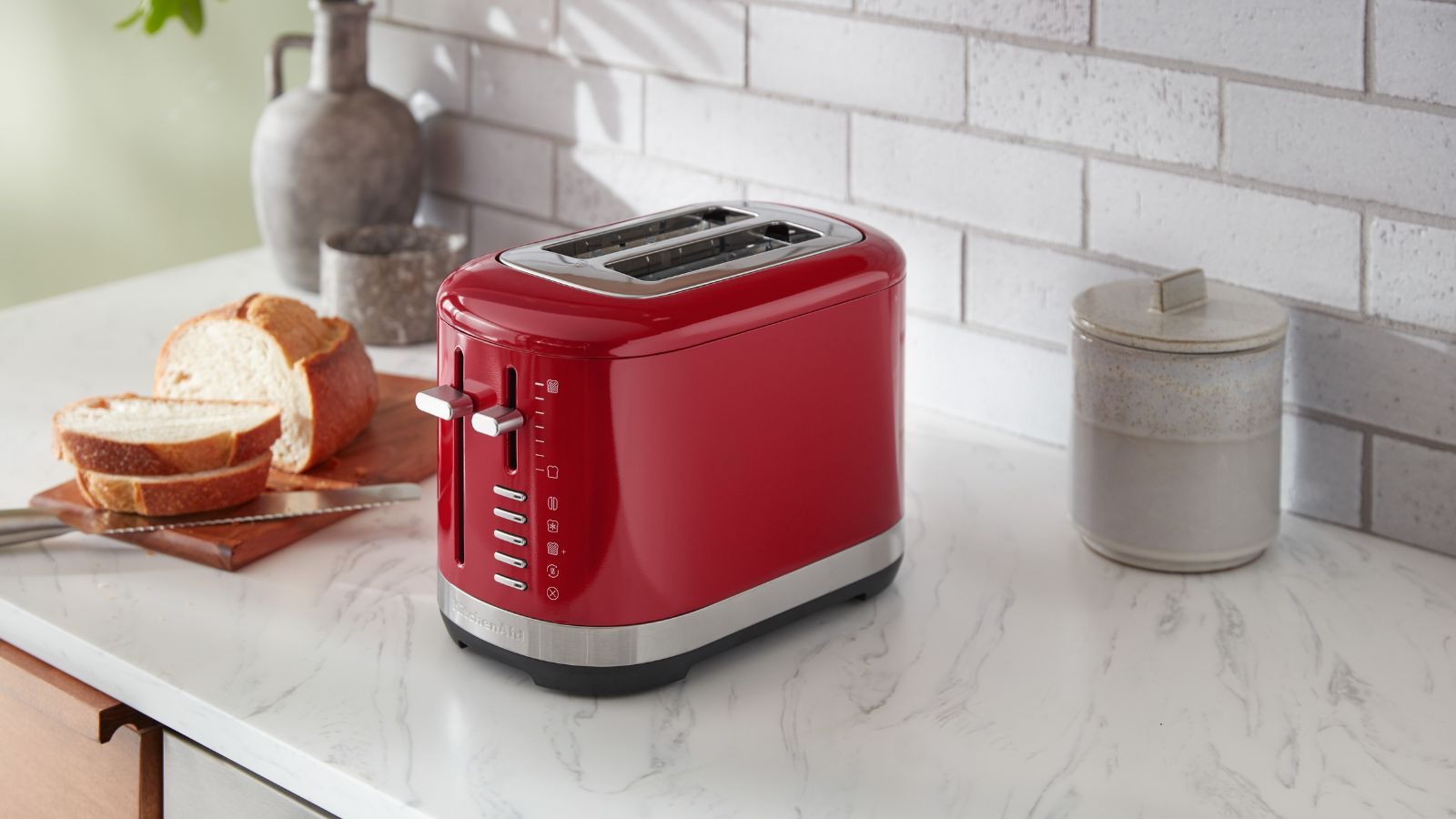
Whether it's Smeg, Breville, Dash, or Zwilling, the process for how we test toasters at Homes & Gardens is all the same. We put them through their paces across gluten-free, fruit bread, bagels, and pop tarts to make sure that these can stand up to the needs of a range of kitchens.
Our team of expert testers takes curating our guide for the best toasters incredibly seriously. We want to find a toaster for every kind of kitchen, whether you want to get techy and creative, simple and stylish, or you just need sheer capacity, there will be one for you.
If you're interested in finding out more about how we test toasters, you're in the right place. Here's where we spill the tea (and toast) on our reviews process.
How we test toasters at H&G
You'll probably have noticed that all of our reviews follow the same format. That's because every toaster undergoes exactly the same tests, with the same people, on the same foods. That way, we can compare each toaster knowing that there's no biases affecting our perceptions.
How we choose which toasters to test
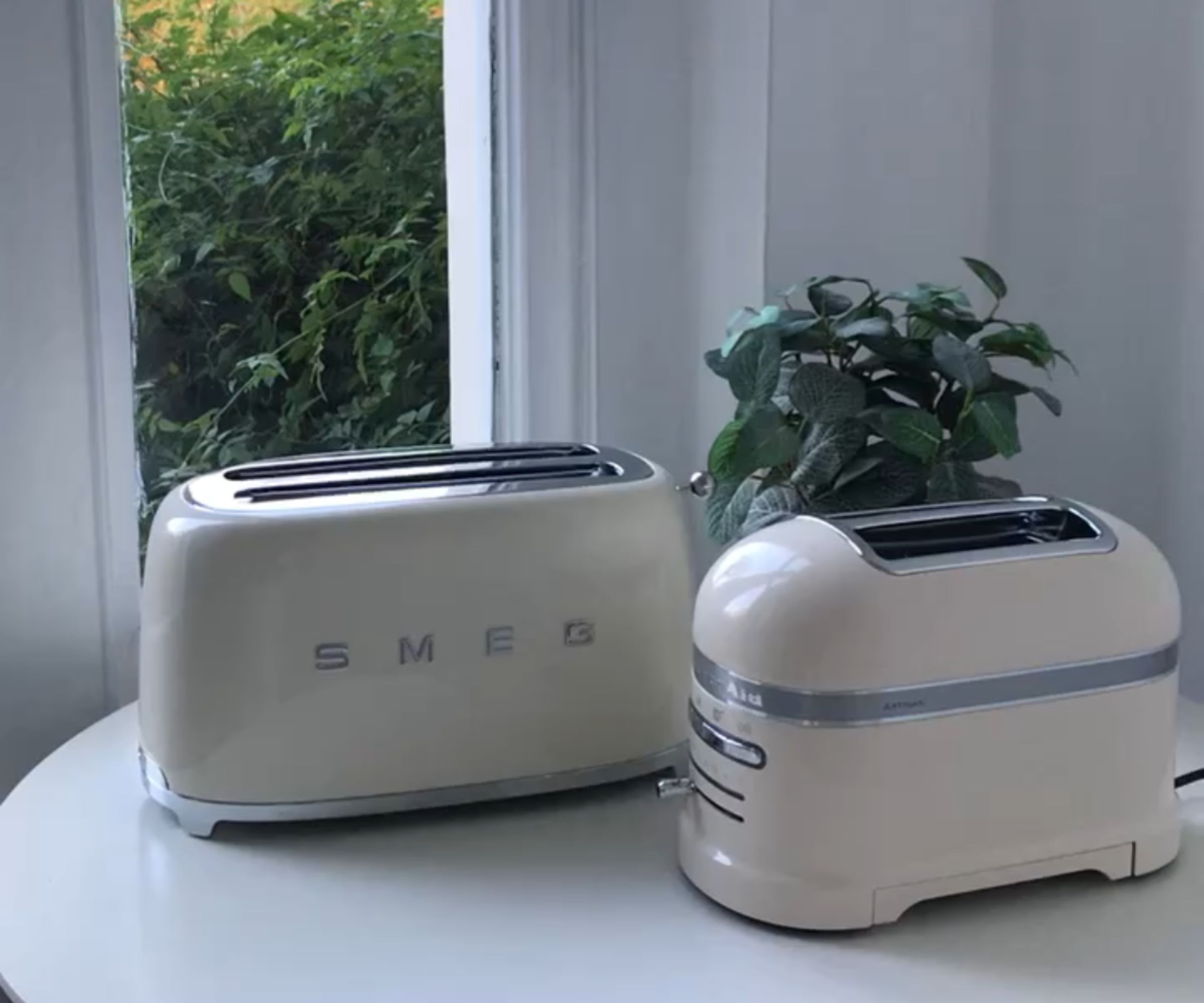
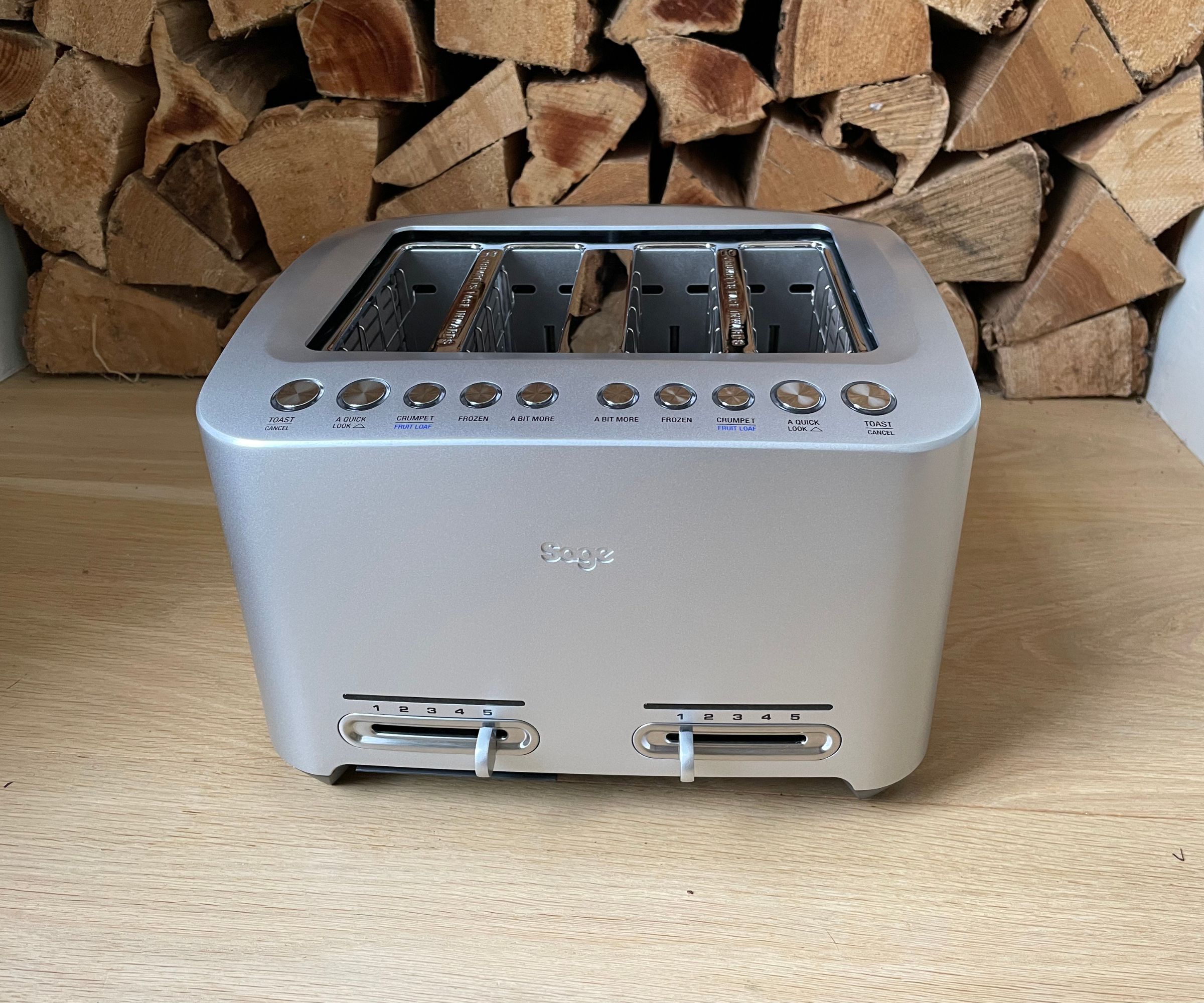
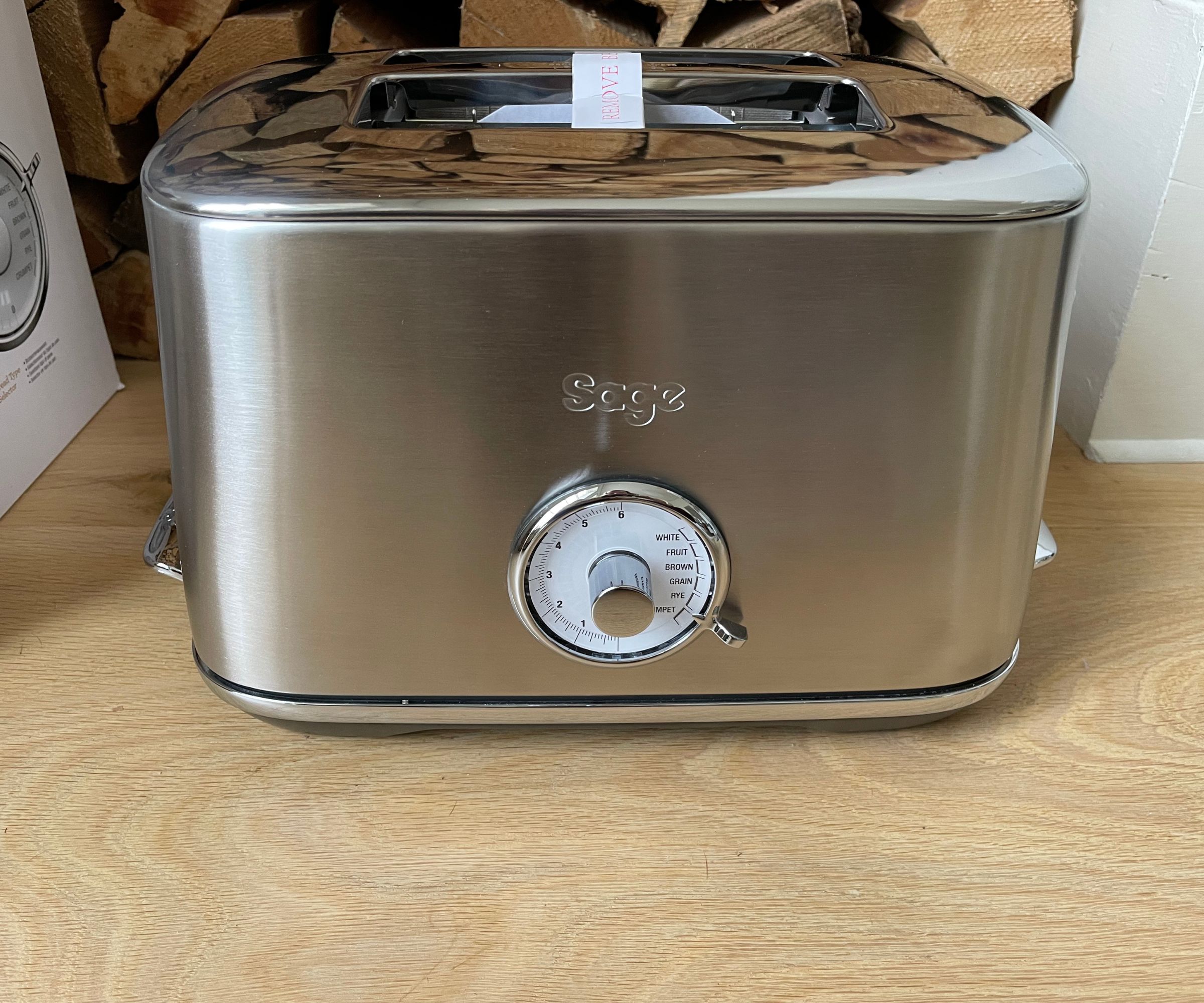

There are plenty of brilliant toasters on the market and they're only getting better. Before we get hands-on with any toasters, we do our research. Our team of experts is always looking at the latest toasters on the market, as well as consumer demands. That means that we've always got an offering for everyone.
We stay in regular contact with big brands such as Breville and Smeg, so we know when there are new releases on the market. However, we also want to test the smaller start-ups that are disrupting the market, so we are all over everything that the toaster market has to offer.
Why we talk about unboxing and first impressions
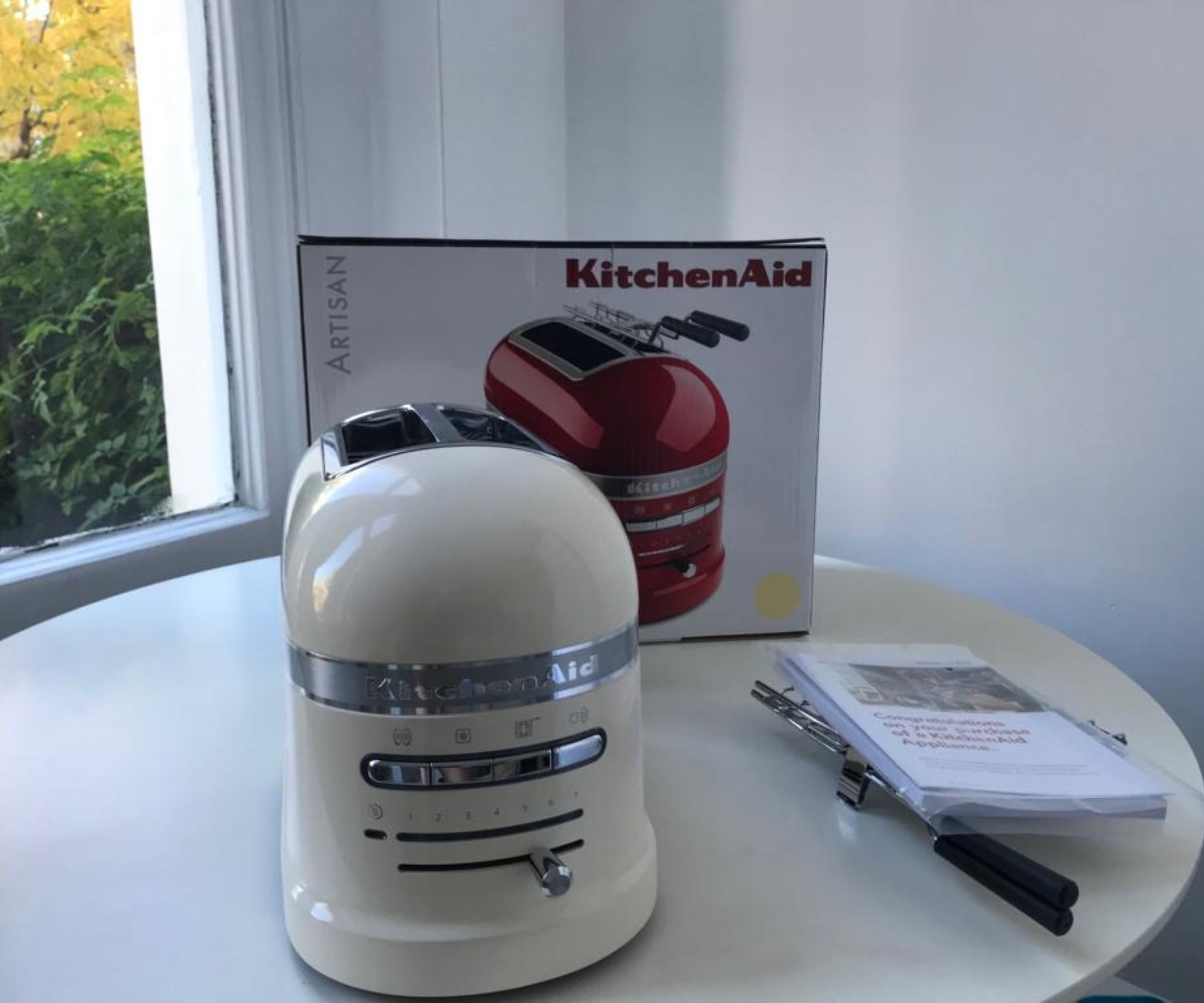
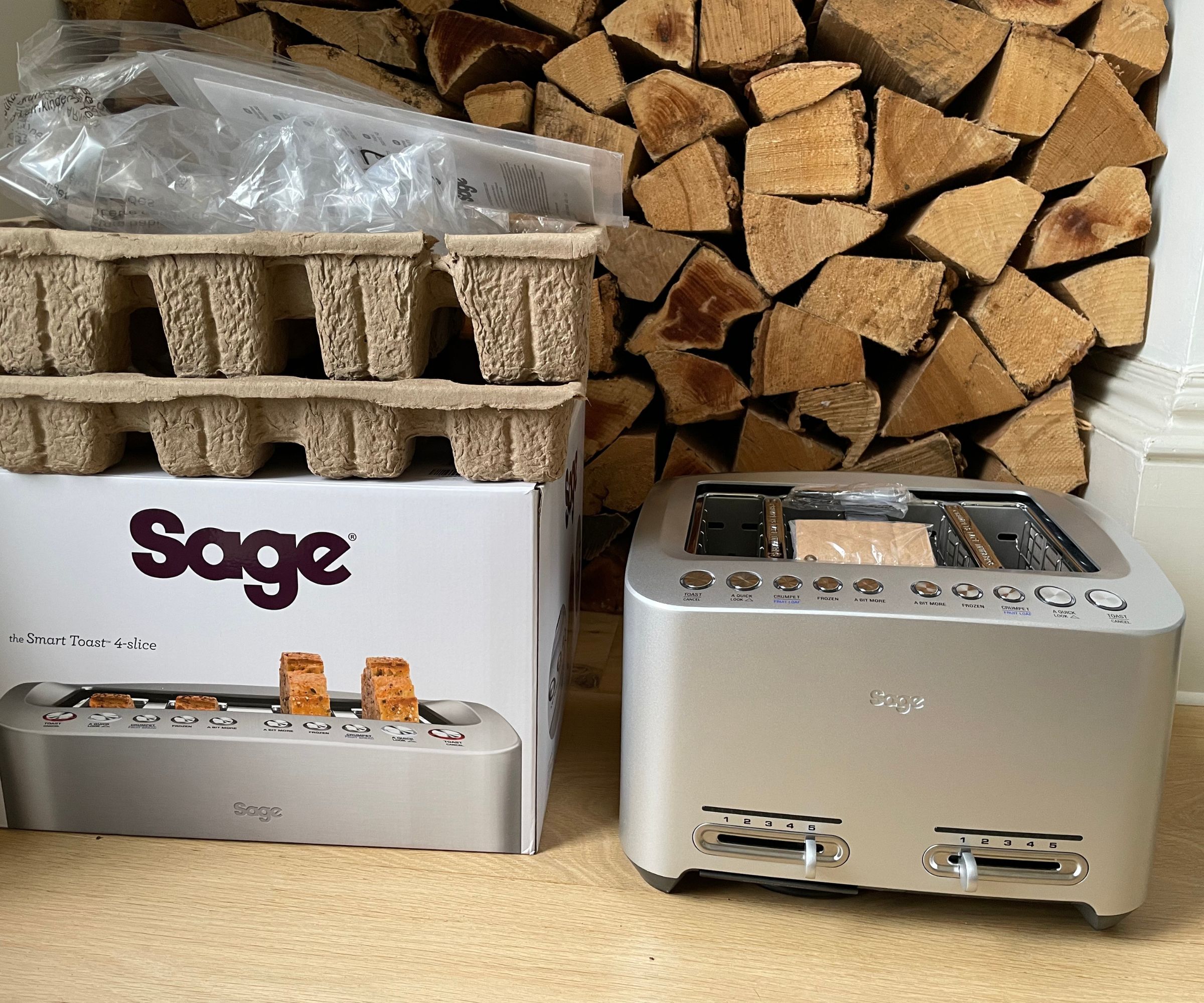
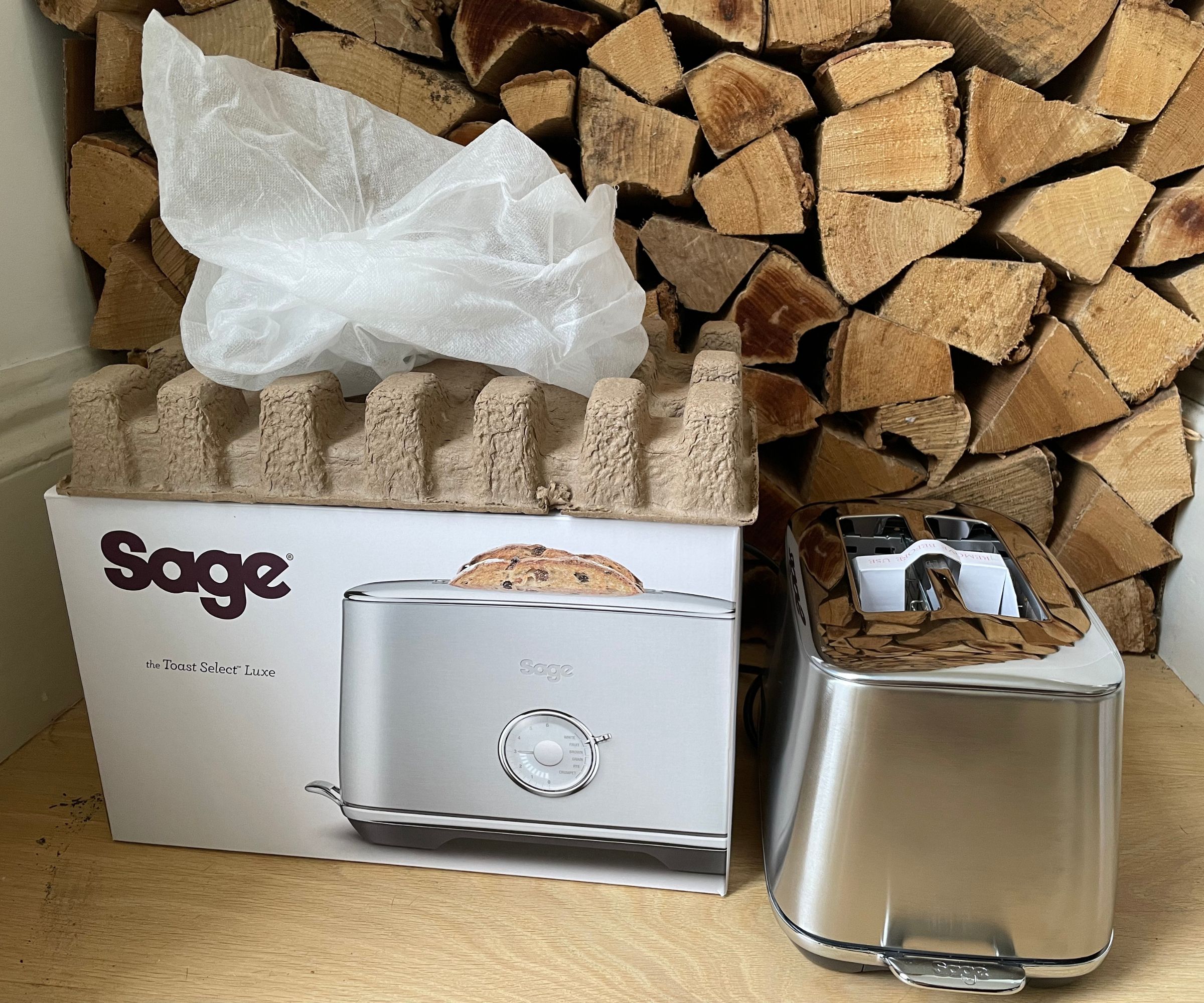
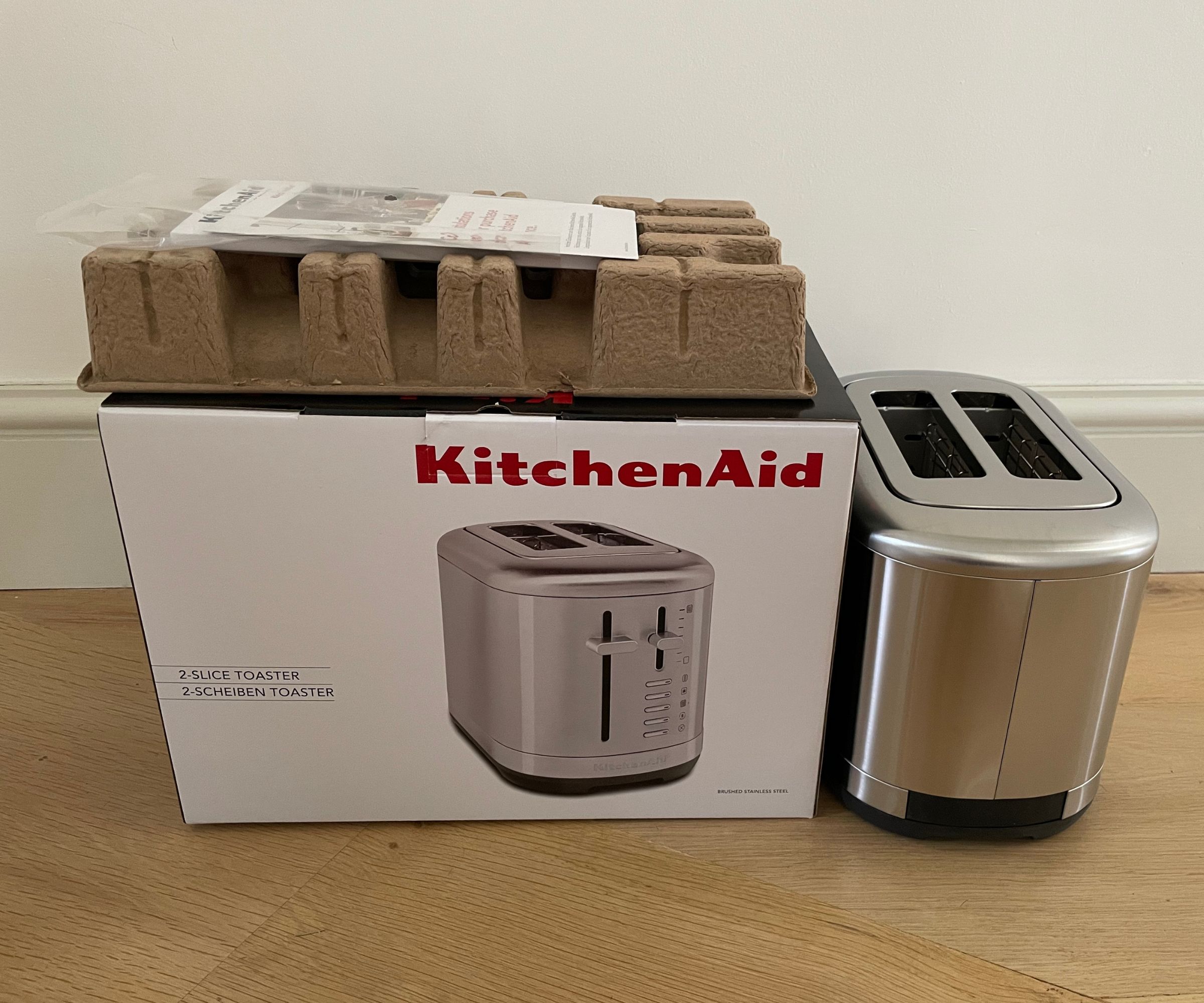
Whilst we don't like to make snap judgments based on appearances, we also know what a staple a toaster is in the kitchen. These are likely to sit out on your countertops full-time, so we make sure to let you know about the dimensions, weight, and appearance of your toaster. If you can choose different finishes and sizes, you'll want to know so that you can match them to the interior design of your kitchen.
Design expertise in your inbox – from inspiring decorating ideas and beautiful celebrity homes to practical gardening advice and shopping round-ups.
The unboxing process can be equally telling when it comes to testing toasters, which is why we always talk about it in our reviews. Brands that have thought about what it's like to set up your machine are likely to be those who have thoughtfully designed premium toasters. We'll let you know if the packaging is recyclable, reasonably sized, and whether any extra accessories, such as toastie tongs come included with your toaster. These aren't essentials, but it's always nice when a brand includes them.
Which types of toast we test and why



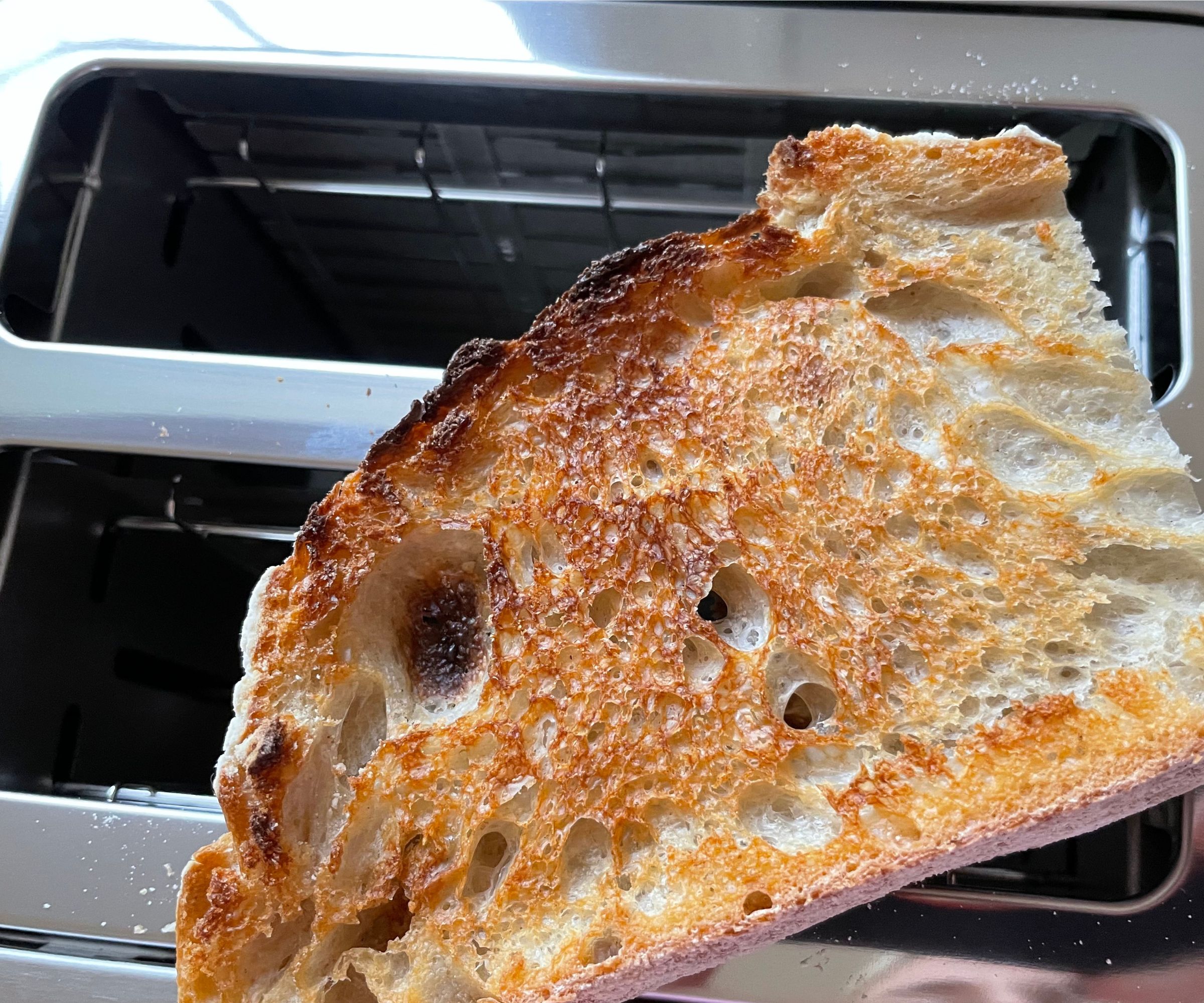
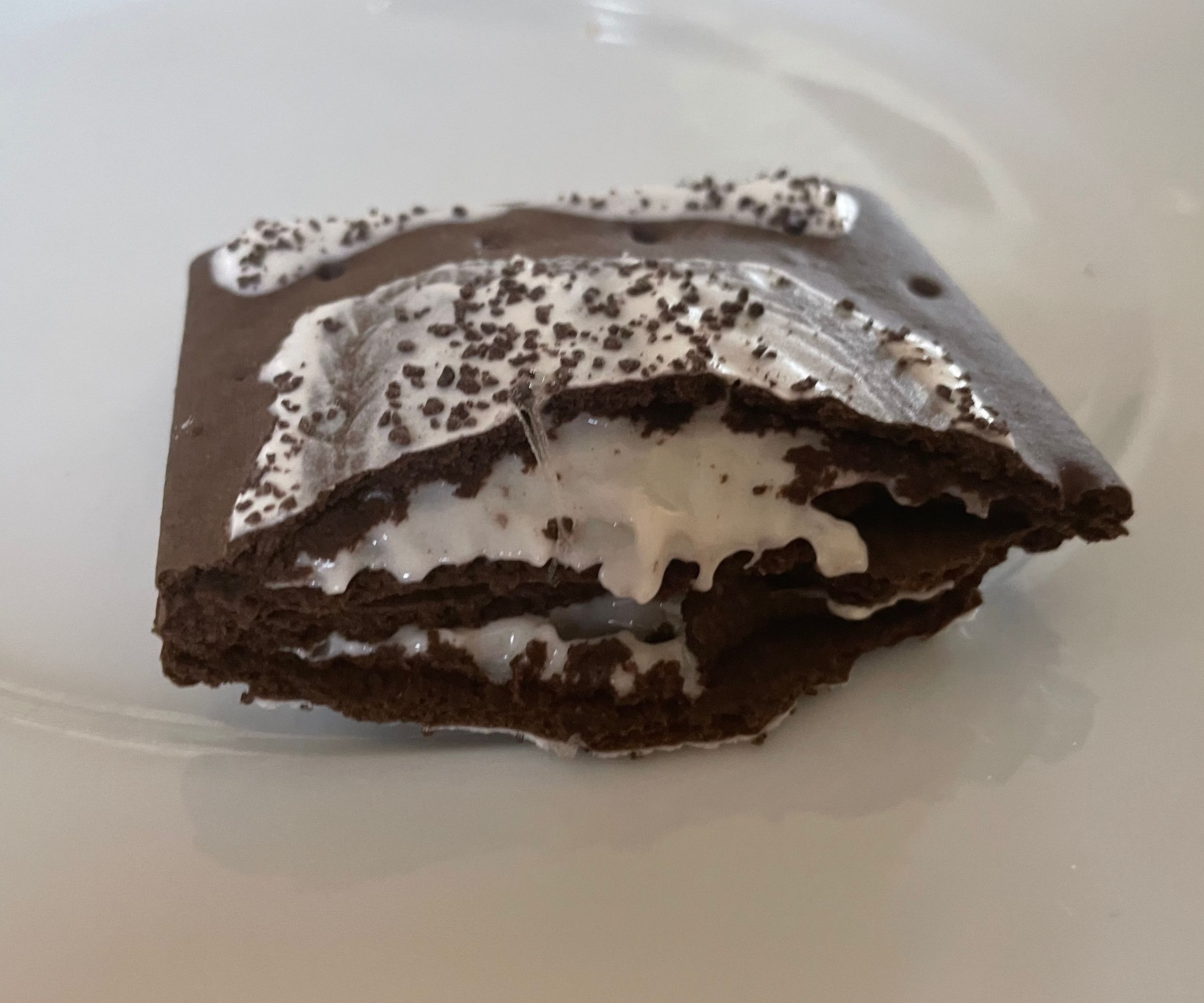
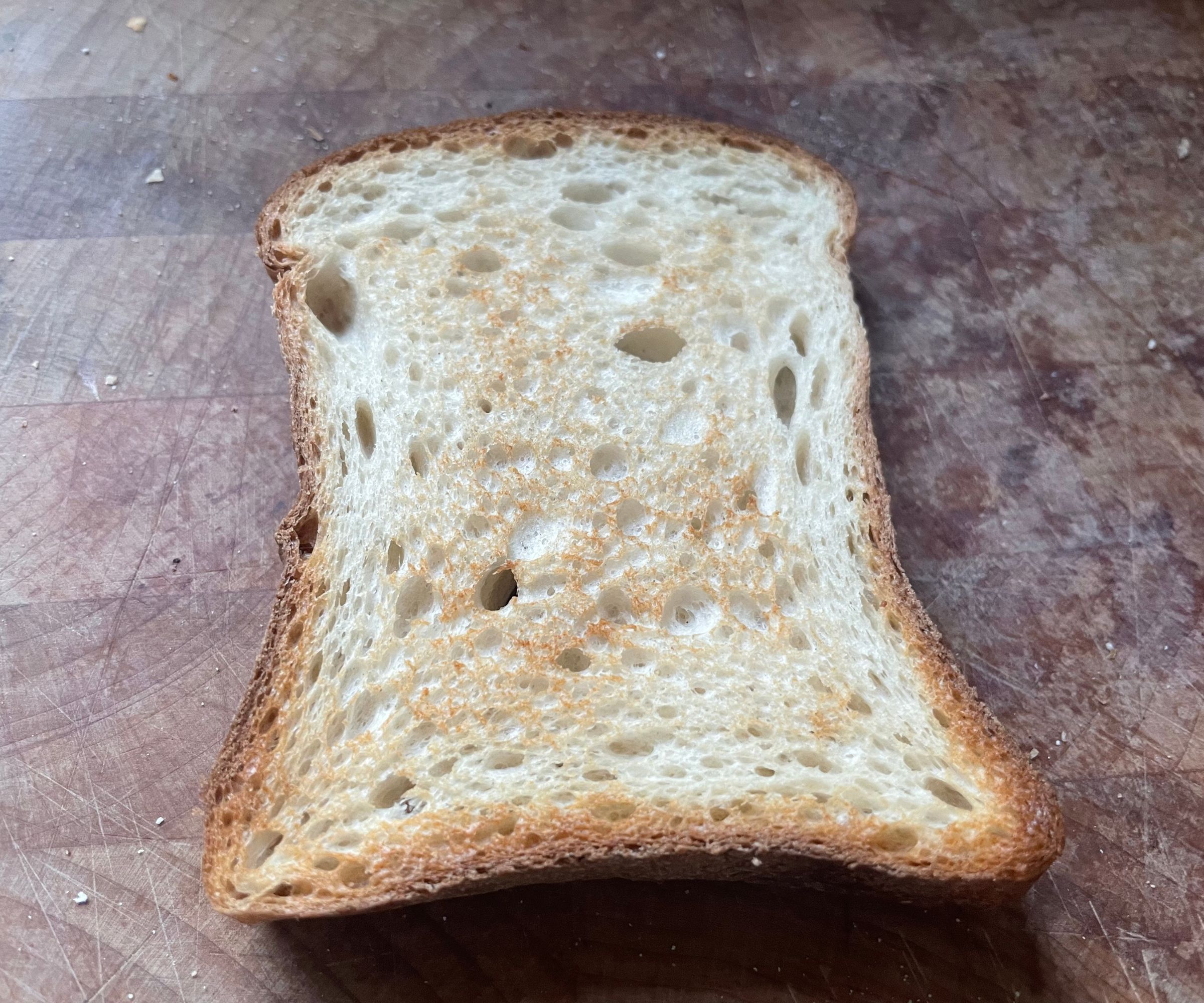
As much as our experts would love to eat toast all day, we don't have time to work through the hundreds of different types of bread, so we have selected six types to give us a comprehensive idea of how a toaster can handle the most popular, diverse foods out there. We look at simple white bread, gluten free bread, fruit bread, pop tarts, sourdough, bagels, and frozen bread. Here's why:
- White bread: this is the most common, popular bread out there. Chances are that you'll be using this in your toaster, so we want to know that it can toast evenly and thoroughly. The toast makes a great canvas for checking how evenly a toaster will brown your bread too.
- Frozen bread: we freeze the same white bread and then stick it in the toaster, using a frozen setting if possible. We want the toast to be evenly browned and warmed right through.
- Gluten-free bread: notoriously temperamental, this is an essential test, especially for those who enjoy gluten-free food. We make sure that this is toasted thoroughly and evenly with a nice, crisp bite.
- Bagel: some toasters have special bagel functions, since the steamed outside won't need much heat and the cut side will need more browning. Even if the machine isn't a specialist in bagels, we'll test it, looking for a doughy center, crisp cut side, and warmed outside.
- Fruit bread: as an enriched dough with dried fruit, fruit bread can be incredibly difficult to get warmed through and crisped up without burning.
- Sourdough: whether you make your own or buy it from a bakery, sourdough takes a long time to toast and it comes in long, wide, oddly-shaped slices. We'll check that a toaster can handle sourdough without toasting it to teeth-breaking territory
Aside from testing special functions and looking for specifics on each slice of toast, we have some general assessments that we make for each slice of toast in each toaster.
We time how long it takes for toast to look golden brown. Ideally, it will be within one to two minutes, but some toasters can take up to five minutes. We'll also measure how evenly golden the toast is across both sides. The toast shouldn't be burnt in some places and pale in others.
The way that we check temperatures is by cutting the toast in half, so we can look at a cross-section of how well the toast is warmed through. We spread butter over the toast, making sure it has enough structure to have spreads over it and enough heat to melt the butter into the crumb structure too.
We also make sure to test any special features, such as a touch-screen, viewing window, 'take a look' function, and pre-sets for specific toasts. We also measure the size of the slots, so you know the depth and width of your toaster. If you make your own bread of have a lot of mouths to feed, this is a really important feature.
Why we talk about cleaning, storage, and maintenance
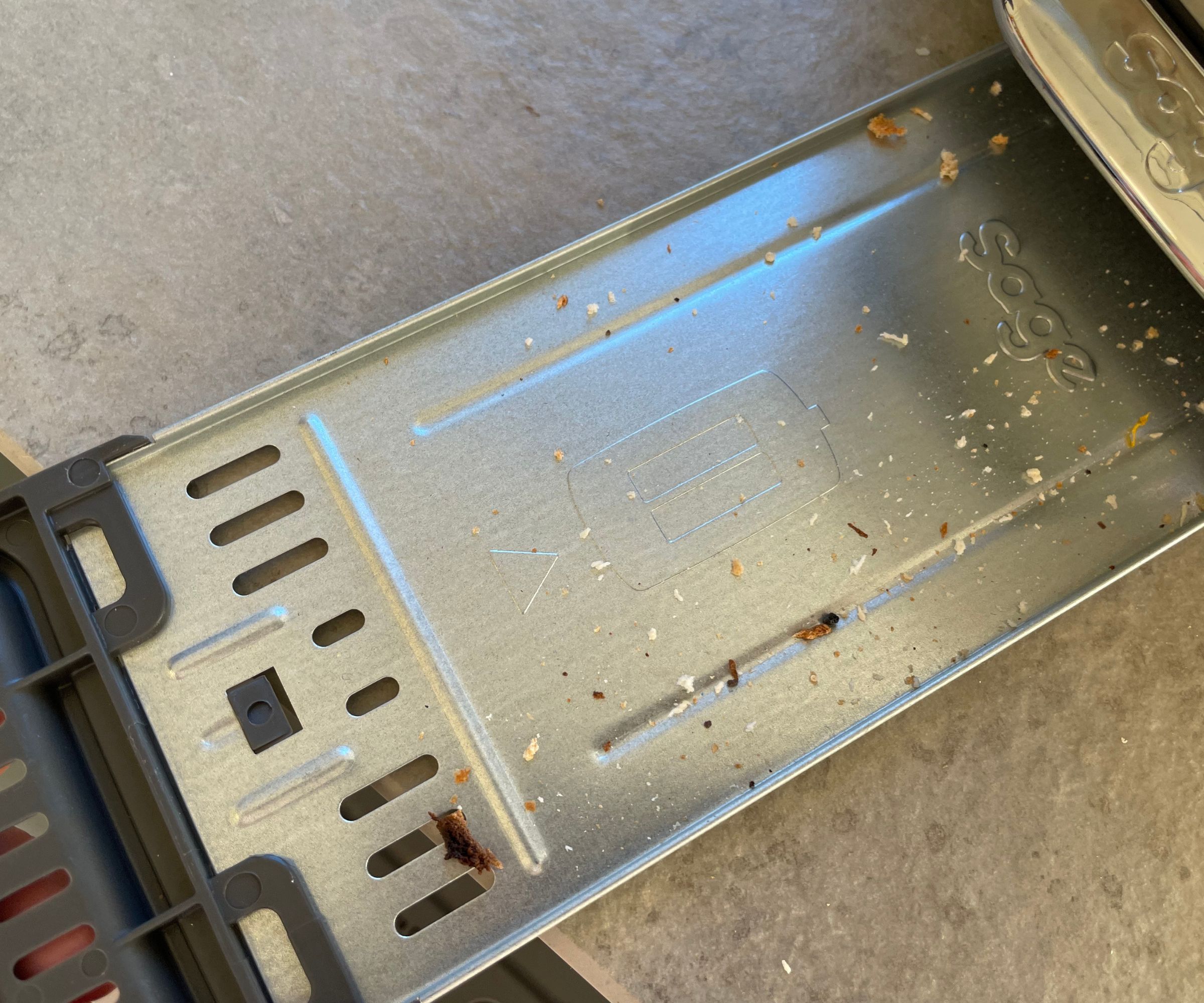
Toasters aren't high-maintenance, but it's important that when you do need to clean them, it's an easy process. Almost all toasters have crumb trays, some are easier to take out than others. They might have gathered crumbs effectively, or some toast might have stuck to the sides of the toaster. If a toaster easily gets grease marks on it or crumbs everywhere, we'll let you know about that too.
As we've said, toasters demand some premium real estate in your kitchen, so you'll want to know their dimensions, how easy they are to move around, and what your storage options are. That means that you'll know what to expect when one arrives in your home.
How we place it compared to others
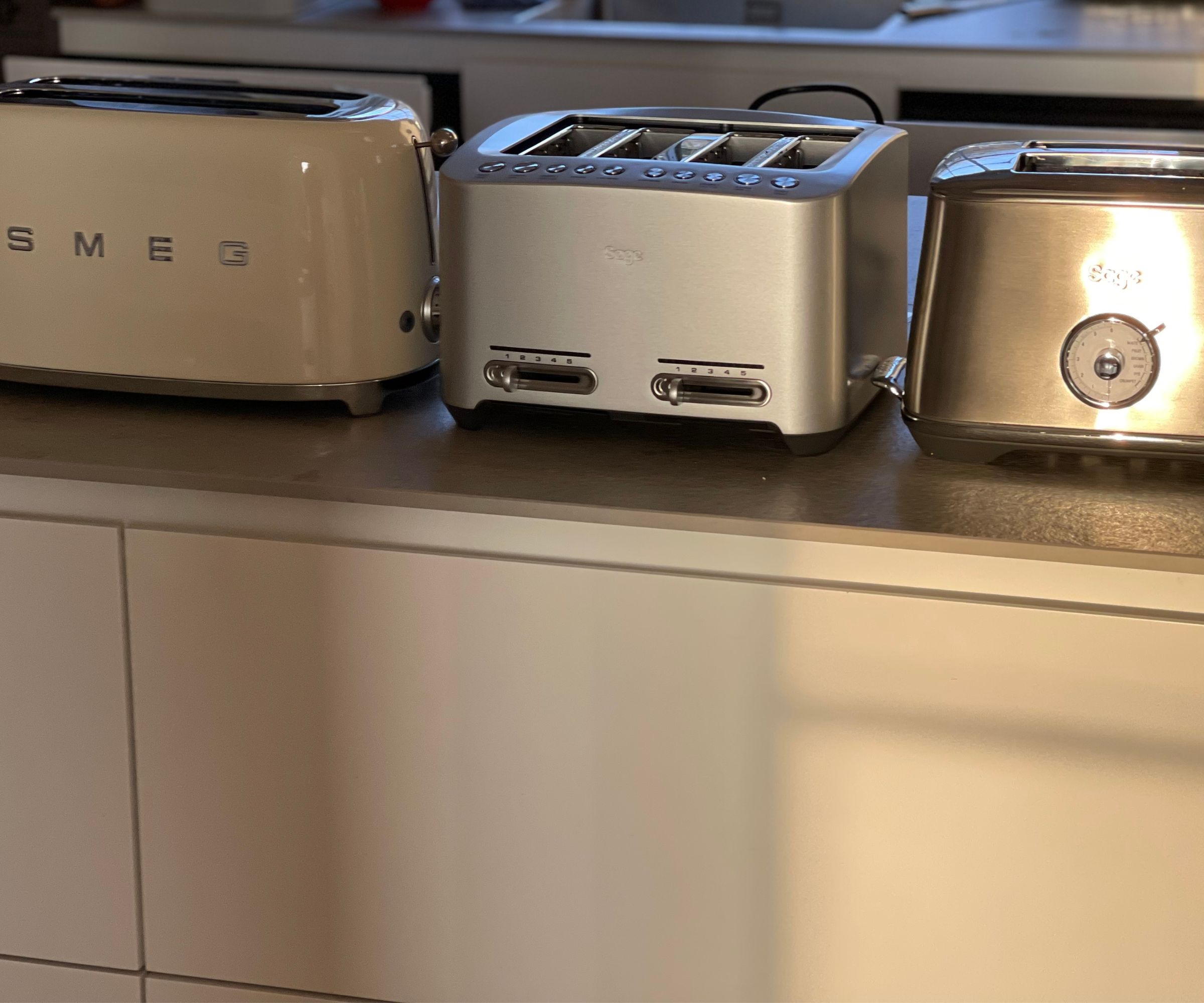
With so much to choose from, you'll want to know that you're buying the best toaster on the market for your toasting needs. There's no better people to tell you about that than us, because we've tested all that the market has to offer.
We'll let you know how it compares to models at a similar price point, with a similar offering. Here, we'll also assess value for money, build-quality, warranties, and other external factors that you'll want to know about before investing in a toaster.
Armed with all of this information, you can rest assured that you're buying the very best toaster for your kitchen.

Laura is our eCommerce editor. As a fully qualified barista, she's our expert in all things coffee and has tested over thirty of the best coffee makers on the market. She has also interviewed Q-Graders and world-leading experts in the coffee industry, so has an intimate knowledge of all things coffee. Before joining Homes & Gardens, she studied English at Oxford University. Whilst studying, she trained as a master perfumer and worked in the luxury fragrance industry for five years. Her collection of home fragrance is extensive and she's met and interviewed five of the world's finest perfumers (also known as 'noses'). As a result of this expansive fragrance knowledge, she always puts quality and style over quantity and fads. Laura looks for products which have been designed simply and with thoughtful finishes.